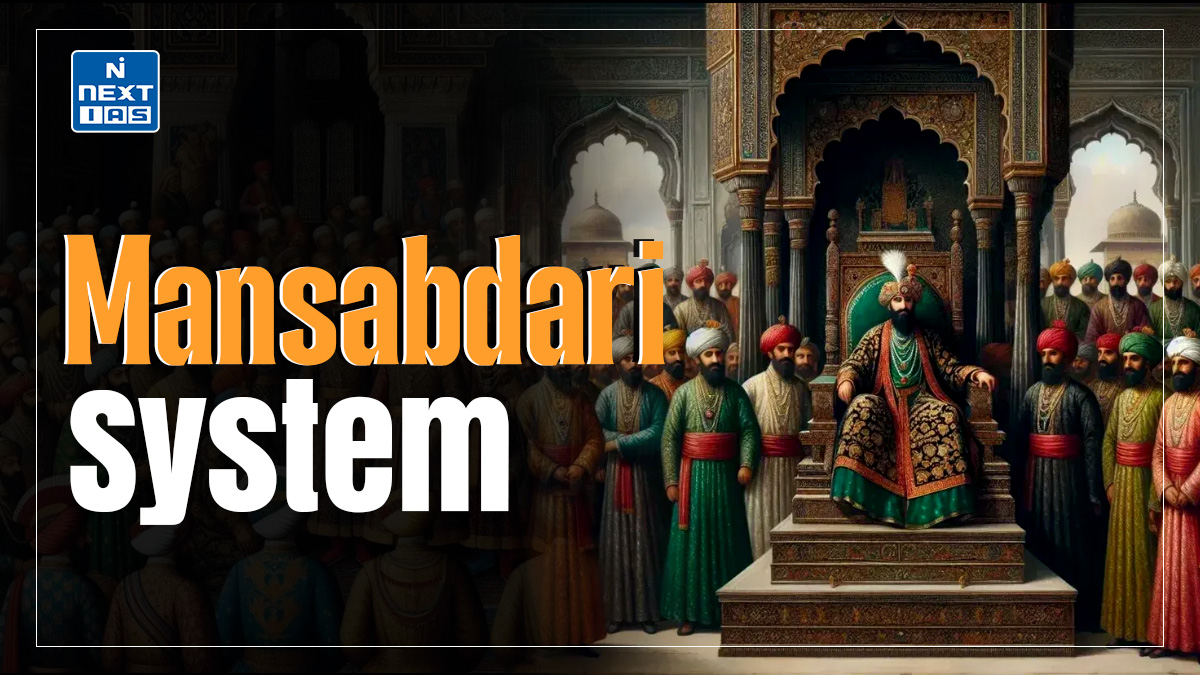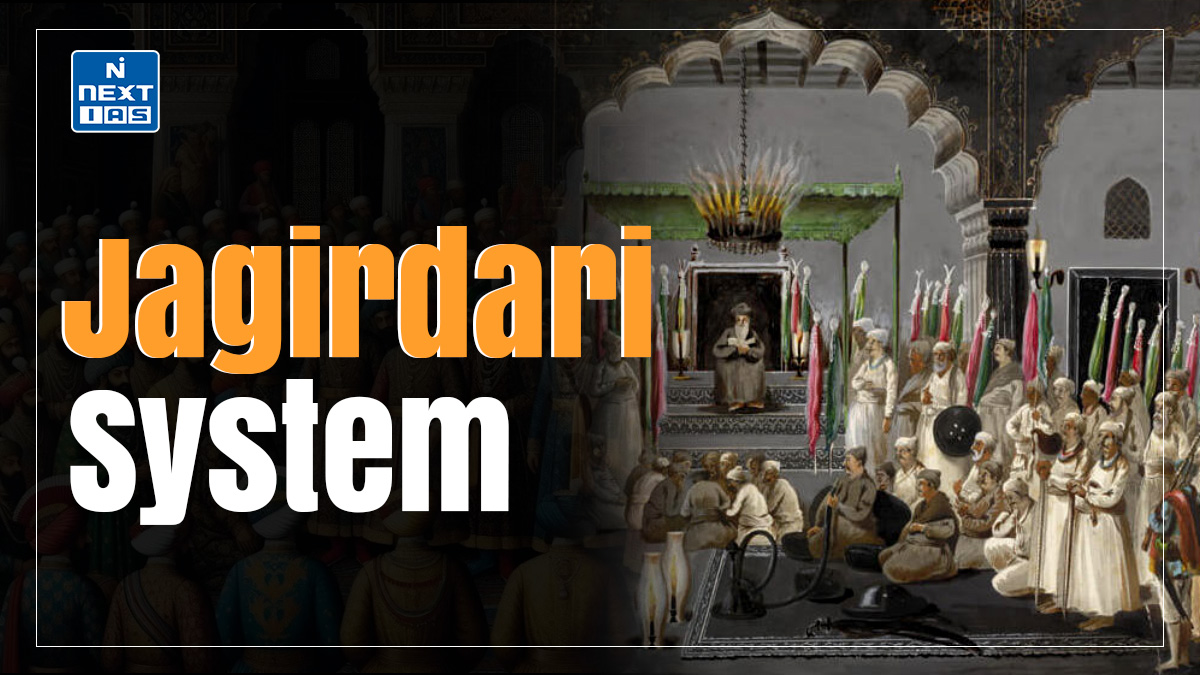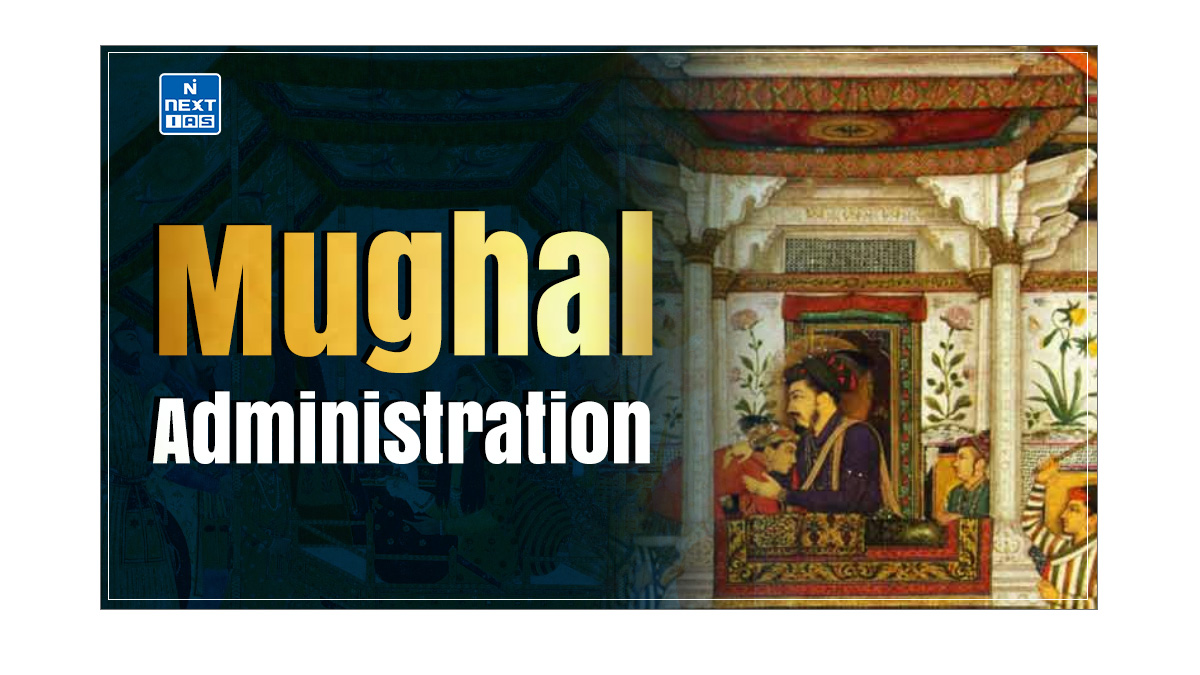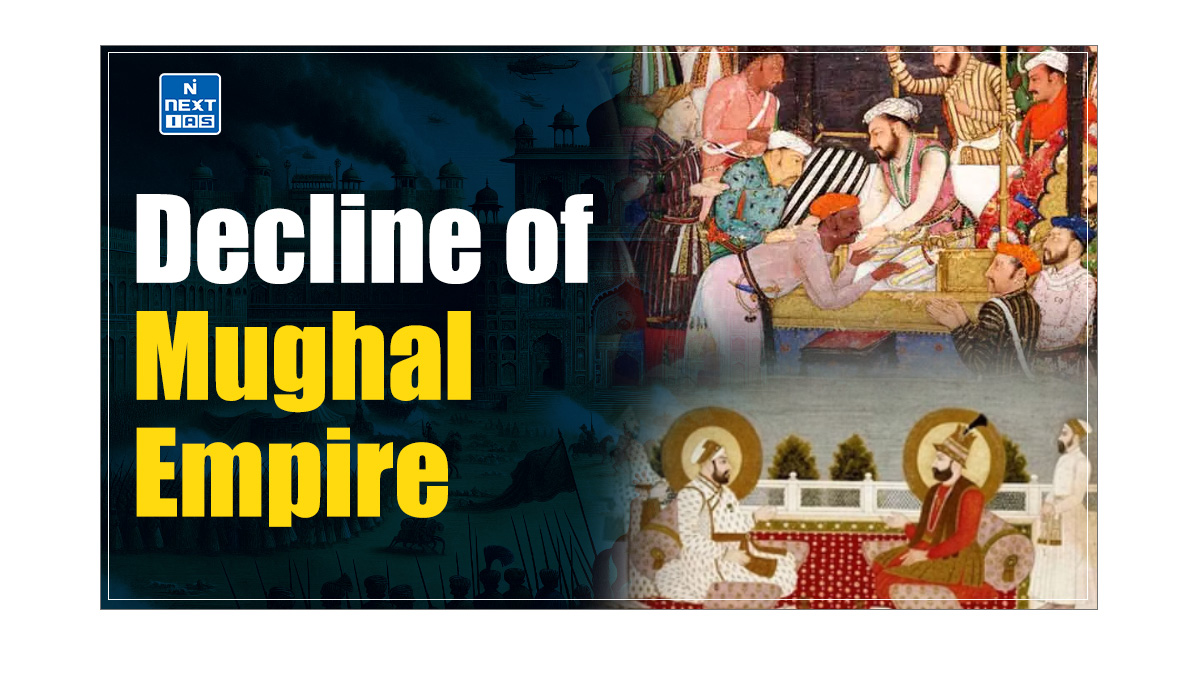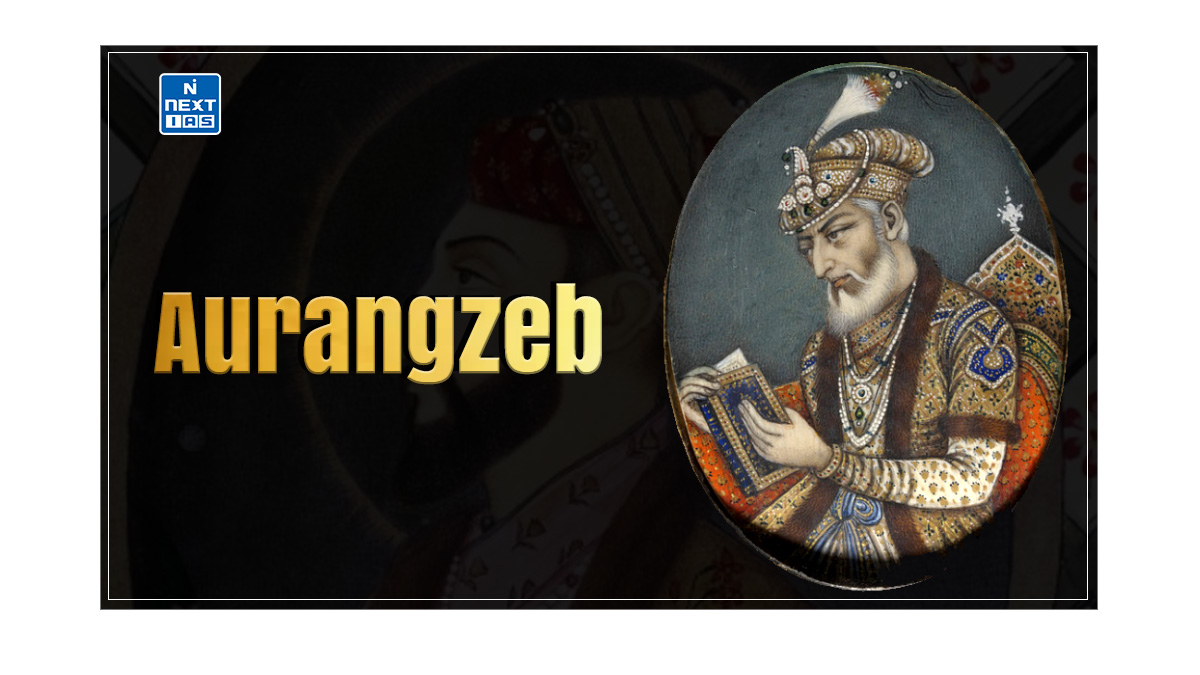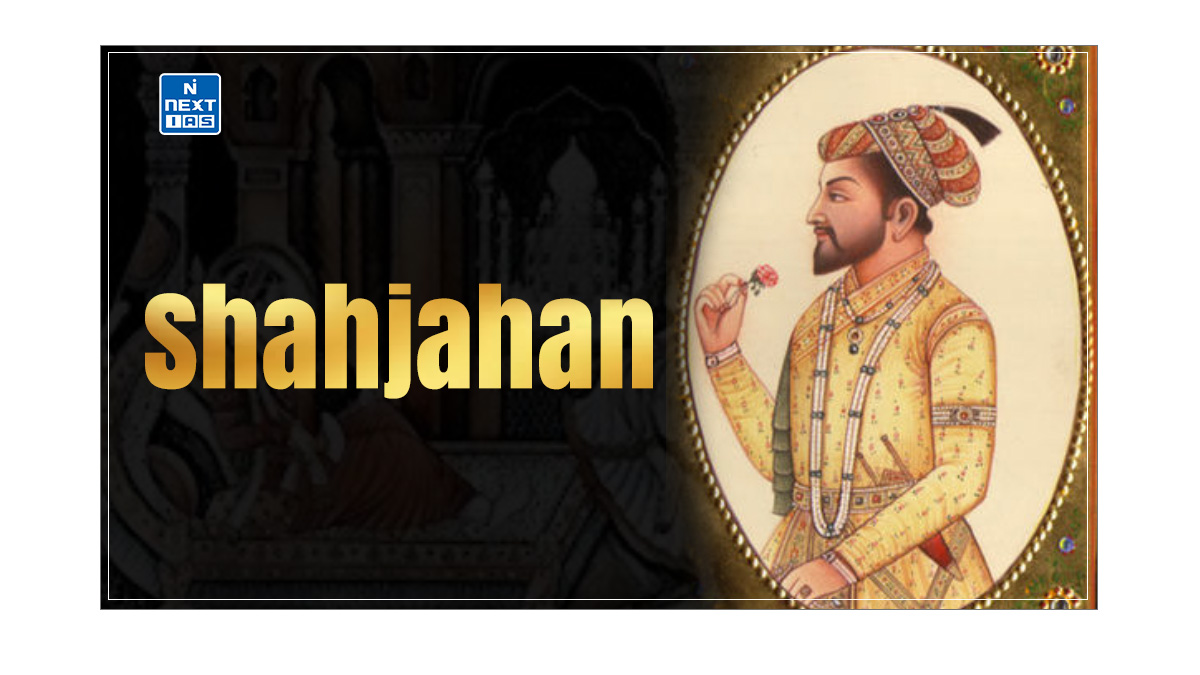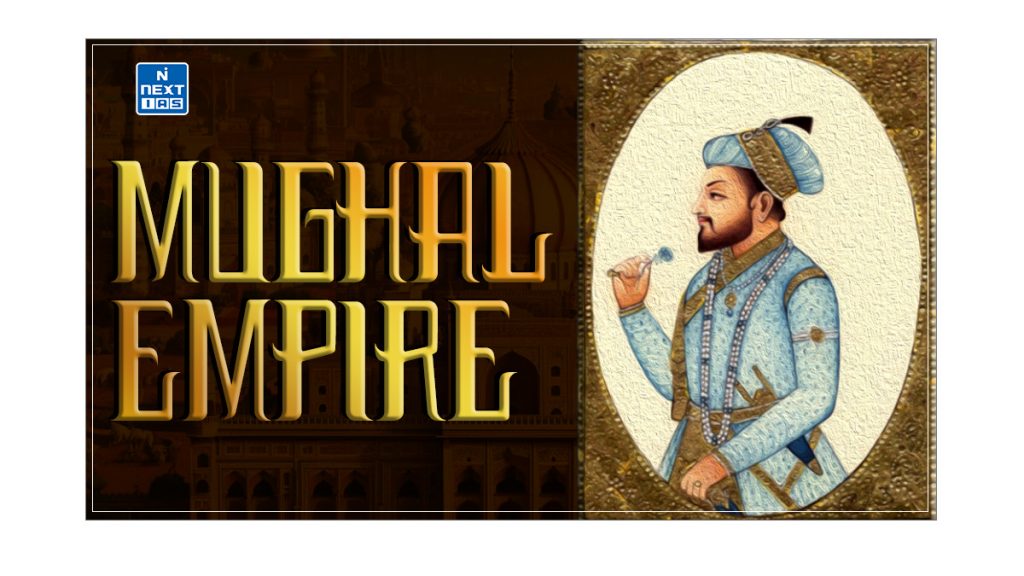
The Mughal Empire was a powerful dynasty that ruled large parts of the Indian subcontinent from the early 16th to the 19th centuries, known for its remarkable contributions to art, culture, and architecture. Its significance lies in its lasting impact on Indian society, shaping the region’s cultural identity and administrative practices. This article aims to study in detail the historical developments, key rulers, and cultural achievements of the Mughal Empire, exploring its legacy and influence on modern India.
About Mughal Empire
- The Mughal Empire, which reigned over much of the Indian subcontinent from the early 16th to the 19th centuries, is celebrated for its remarkable contributions to Indian culture, politics, and society.
- Founded by Babur in 1526 after his victory at the Battle of Panipat, the empire marked a significant transition in Indian history, blending Persian and Indian traditions.
- The Mughals left a legacy of architectural marvels, such as the Taj Mahal, and enriched the subcontinent’s arts, cuisine, and administrative practices.
Origin of Mughal Empire
- The Mughal Empire’s origins date back to the early 16th century, when Babur, a descendant of Timur and Genghis Khan, sought to establish a new kingdom in India.
- Motivated by both personal ambition and the desire to create a lasting legacy, Babur crossed the Khyber Pass and invaded India.
- His military prowess culminated in the decisive Battle of Panipat in 1526, where he defeated Ibrahim Lodi, the last ruler of the Delhi Sultanate.
- This victory not only marked the beginning of Mughal rule but also the end of a fragmented political landscape dominated by regional powers.
Major Emperors of Mughal Empire
The significant emperors of the Mughal Empire are:
Babur
- Babur established the Mughal Empire in 1526 after defeating Ibrahim Lodi at the Battle of Panipat, marking a pivotal moment in Indian history.
- His military strategies combined traditional warfare with innovative tactics, allowing him to expand his territory quickly.
- He laid the groundwork for a centralised administration, promoting meritocracy within his ranks and implementing a revenue collection system that enhanced state efficiency.
- Babur was not just a conqueror but also a patron of the arts. His memoir, the Baburnama, reflects his appreciation for nature, poetry, and cultural exchange, setting a precedent for future Mughal rulers.
Read our detailed article on Babur.
Humayun
- Humayun faced significant challenges during his reign, including losing the throne to Sher Shah Suri in 1540. His inability to consolidate power led to a brief exile in Persia.
- After years of struggle, Humayun regained his throne in 1555 with Persian support, demonstrating resilience and the importance of strategic alliances.
- His time in Persia influenced Mughal culture, particularly in art and architecture. He brought back Persian artists and scholars, enriching the Mughal court’s cultural landscape.
Read our detailed article on Humayun.
Akbar
- Akbar significantly expanded the empire through military conquests and diplomacy, incorporating vast regions, including Rajputana and parts of central India, establishing Mughal dominance.
- Known for his policy of Sulh-i-Kul (universal peace), Akbar promoted religious tolerance. He engaged in dialogues with various religious leaders, fostering harmony among Hindus, Muslims, and other communities.
- He implemented a centralised administrative system and established a revenue system (Zabt) that improved agricultural productivity and efficiency while also integrating diverse regional officials into governance.
Read our detailed article on Akbar.
Jahangir
- Jahangir was a great patron of the arts and culture, furthering Mughal painting and commissioning numerous works that combined Persian influences with Indian themes, leading to a unique artistic style.
- His reign was marked by a more relaxed approach to administration than Akbar’s, with a focus on justice and aesthetics. However, he faced challenges from his own court and rivals, particularly his son Khusrau.
- Jahangir continued his father’s policies of religious tolerance, although he faced internal conflicts that sometimes disrupted this ideal.
Read our detailed article on Jahangir.
Shah Jahan
- Shah Jahan is best known for commissioning the Taj Mahal, a monumental mausoleum for his wife, Mumtaz Mahal. It epitomised Mughal architecture with its intricate design and harmonious proportions.
- He also established the city of Shahjahanabad, which included the Red Fort and significant infrastructure projects, reflecting the grandeur of the Mughal Empire at its peak.
- Under his reign, the arts flourished, with advancements in music, literature, and architecture highlighting the era’s cultural richness.
Read our detailed article on Shah Jahan.
Aurangzeb
- Aurangzeb expanded the empire to its greatest extent, conquering significant territories in the Deccan and furthering Mughal influence across the Indian subcontinent.
- His reign is often marked by a shift towards orthodox Islam, leading to the re-imposition of the jizya tax on non-Muslims and increased tensions with Hindu communities, which fueled resentment.
- The vastness of the empire and Aurangzeb’s policies led to administrative challenges and regional uprisings.
- His death in 1707 marked the beginning of the empire’s decline, as succession struggles and provincial discontent weakened Mughal authority, paving the way for colonial powers to assert control over India.
Read our detailed article on Aurangzeb.
Administration and Governance of Mughal Empire
- The Mughal Empire established a highly centralised bureaucracy, allowing effective governance across its vast territories.
- The emperor held supreme authority, supported by a council of ministers and a network of officials responsible for various administrative functions.
- This system ensured efficient decision-making and facilitated the implementation of imperial policies.
- A robust revenue system was crucial to the empire’s prosperity.
- The Mughals introduced land revenue reforms, particularly under Akbar, with the Zabt system standardised tax collection based on land productivity.
- This increased state revenues and improved agricultural practices, benefiting the empire and its farmers.
- Regional governors, known as Subahdars, were appointed to oversee provinces and maintain law and order.
- They were responsible for implementing imperial policies and collecting taxes.
- The military played a significant role in governance and expansion. A well-organized army enabled the Mughals to assert control over vast regions and protect their borders.
Read our detailed article on Mansabdari System and Jagirdari System.
Cultural Achievements of Mughal Empire
- The Mughal Empire is renowned for its distinctive art and architecture, characterised by intricate designs and grandeur.
- Iconic structures like the Taj Mahal and the Red Fort showcase the blend of Persian and Indian styles.
- Mughal painting flourished during this period, with vibrant colours and detailed depictions of court life, nature, and historical events.
- Persian literature thrived under the Mughals, with many emperors being avid patrons of poets and writers.
- This era saw the emergence of significant literary works, including historical chronicles and poetry, that celebrated love, nature, and mysticism. The influence of Persian culture enriched the Indian literary landscape.
- The Mughals promoted a culture of religious syncretism, particularly under Akbar, who advocated for Sulh-i-Kul (universal peace).
- This philosophy encouraged dialogue among different faiths, fostering an atmosphere of tolerance and inclusivity, which allowed diverse communities to coexist peacefully.
Mughal Contributions to Art, Culture, and Society
- The Mughal period is celebrated for its advancements in various fields, including architecture, literature, and governance.
- The Mughals’ artistic and cultural achievements laid the foundation for a distinct Indo-Islamic heritage that remains influential.
- The Mughal Empire holds a significant place in Indian history, often regarded as a golden age of cultural synthesis and artistic expression.
- Its historical narratives, architectural wonders, and cultural contributions continue to be studied and admired.
Decline of Mughal Empire
- The decline of the Mughal Empire can be attributed to several factors, including Aurangzeb’s repressive policies, which alienated many Hindu subjects and fueled regional discontent.
- The fragmentation of authority among provincial governors and the rise of regional powers weakened central control.
- External invasions, notably by Nadir Shah of Persia in 1739, further destabilised the empire.
- Delhi’s sacking and wealth loss significantly undermined Mughal authority and prestige, leading to increased vulnerability to internal and external threats.
- The arrival of the British East India Company marked a turning point in Indian history.
- Exploiting the empire’s weakened state, the British gradually asserted control, leading to the formal colonisation of India by the mid-19th century and the eventual dissolution of the Mughal Empire.
Read our detailed article on Decline of the Mughal Empire.
Conclusion
In conclusion, the Mughal Empire was a transformative force in Indian history, marked by its rich cultural heritage, administrative innovations, and economic prosperity. Its impact on art, architecture, and society resonates through the ages, reflecting a period of remarkable achievements and cultural synthesis. The legacy of the Mughals not only shapes modern India but also serves as a reminder of the complex interplay of history, culture, and identity that continues to define the subcontinent today.
GS - 1